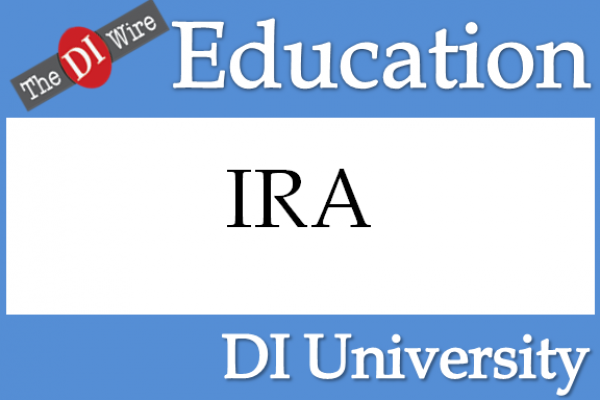How to Help Clients Put Real Estate Inside an IRA

After two major stock-market gyrations in one decade—the first in 2000, the second in 2008—many clients have expressed a desire to invest in “real” assets that aren’t affected by swings in the market.
That has led many people to put alternative investments like real estate inside tax-deferred retirement accounts such as IRAs. One of the benefits of putting property in a retirement account is getting tax-free or tax-deferred profit on the gains from selling and/or renting it.
There are two key things to consider when discussing this approach with clients. The first is how to analyze the real-estate investment itself; the second involves the technical dos and don’ts that go along with the process.
Advisers need to be able to estimate the costs of purchasing and building or improving the property. Most investors using this approach buy the property in cash. Having a mortgage inside a retirement account can result in additional taxes and fees, which may reduce the return on investment. Hence, it may be wiser for the client to invest in real estate outside of a retirement account.
Placing real estate in a retirement account also comes with specific conditions. For instance, according to Internal Revenue Code, people cannot do business with assets in their retirement accounts. That means clients can’t pick up a hammer and help with construction.
The property can be leased, with the rental income going to the retirement account, though the property can’t be rented to anyone the IRS considers a disqualified party (such as the investor). While it has been possible to put real-estate investments in retirement accounts since the 1970s, IRS rules surrounding the approach are in flux, so staying abreast of the changes is key.
Investing in real assets in retirement accounts shouldn’t come at the expense of the fundamentals of financial planning and investment education.
Article written by Rajeev Kotyan
Mr. Kotyan is a principal at NUA Advisors in Lexington, Mass. Email him at reports@wsj.com.
You may visit NUA Advisors here.
This article was first published in WSJ Wealth Management on December 16, 2013.